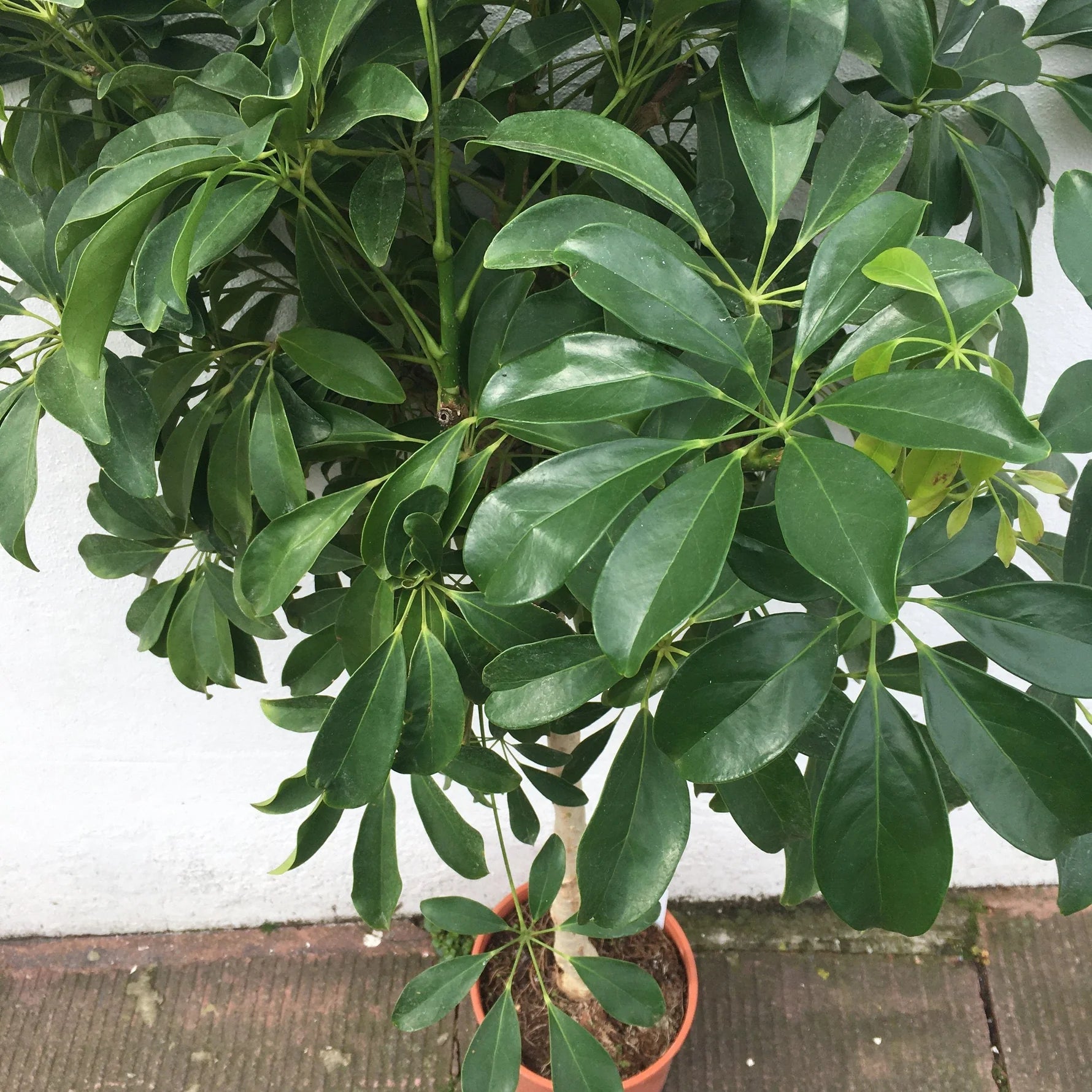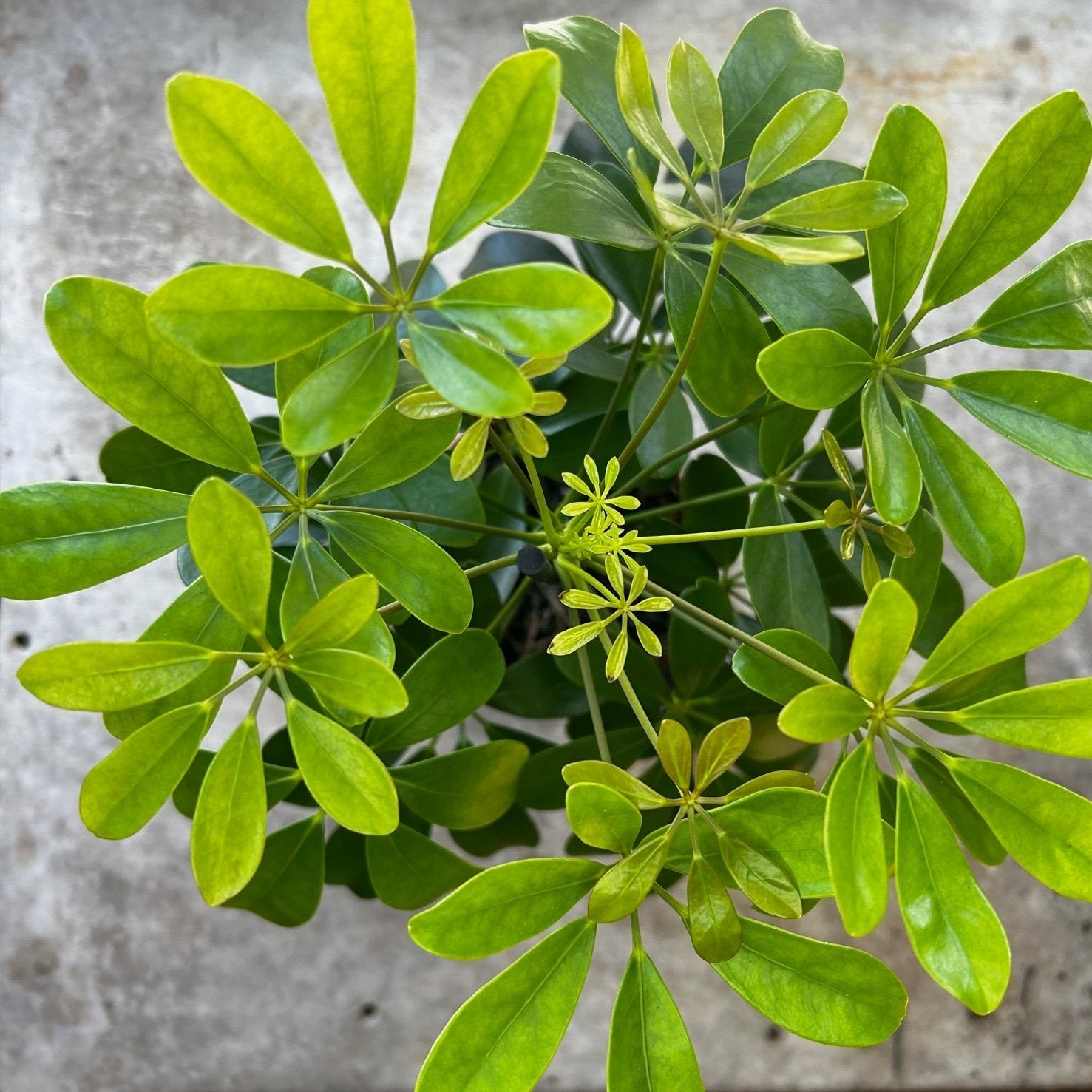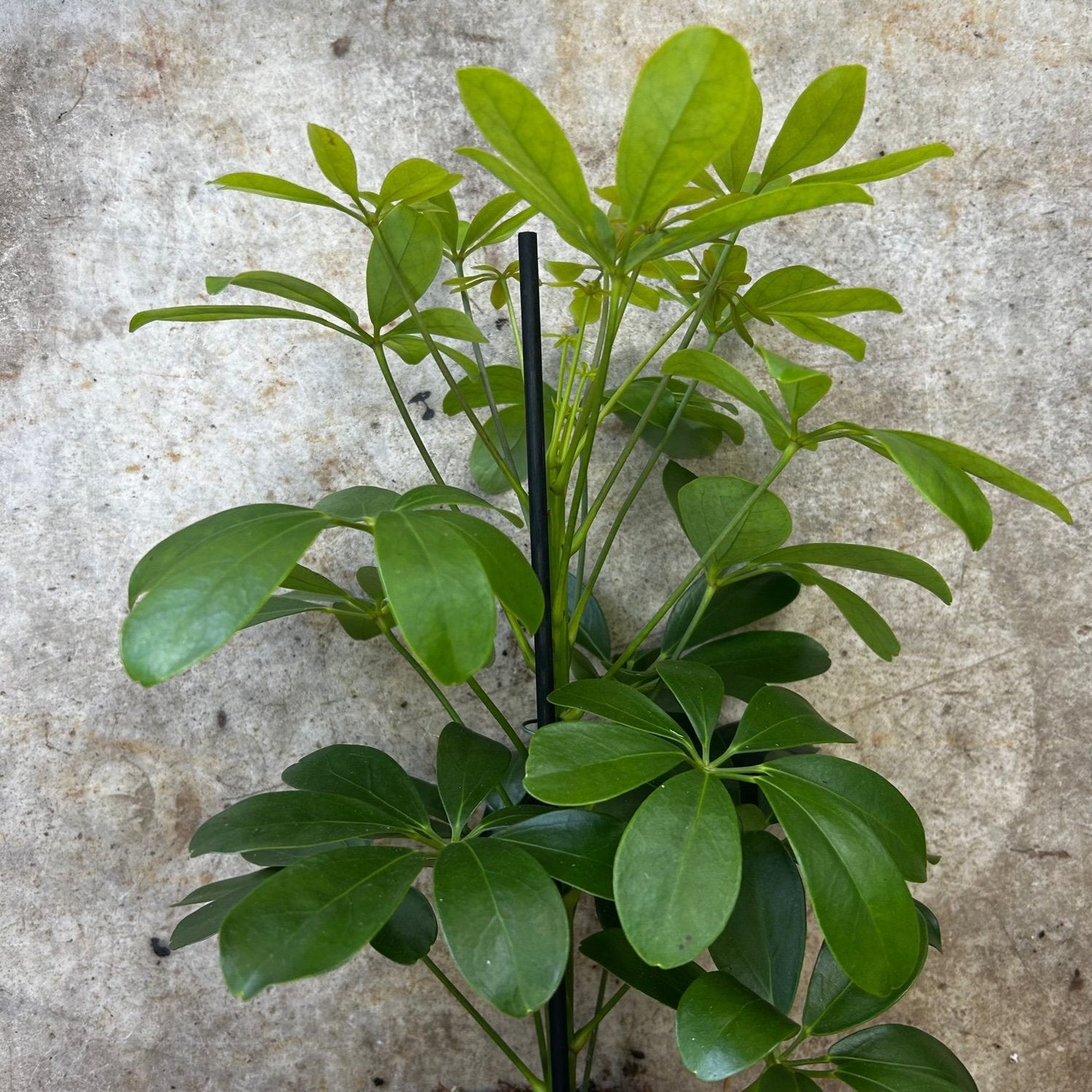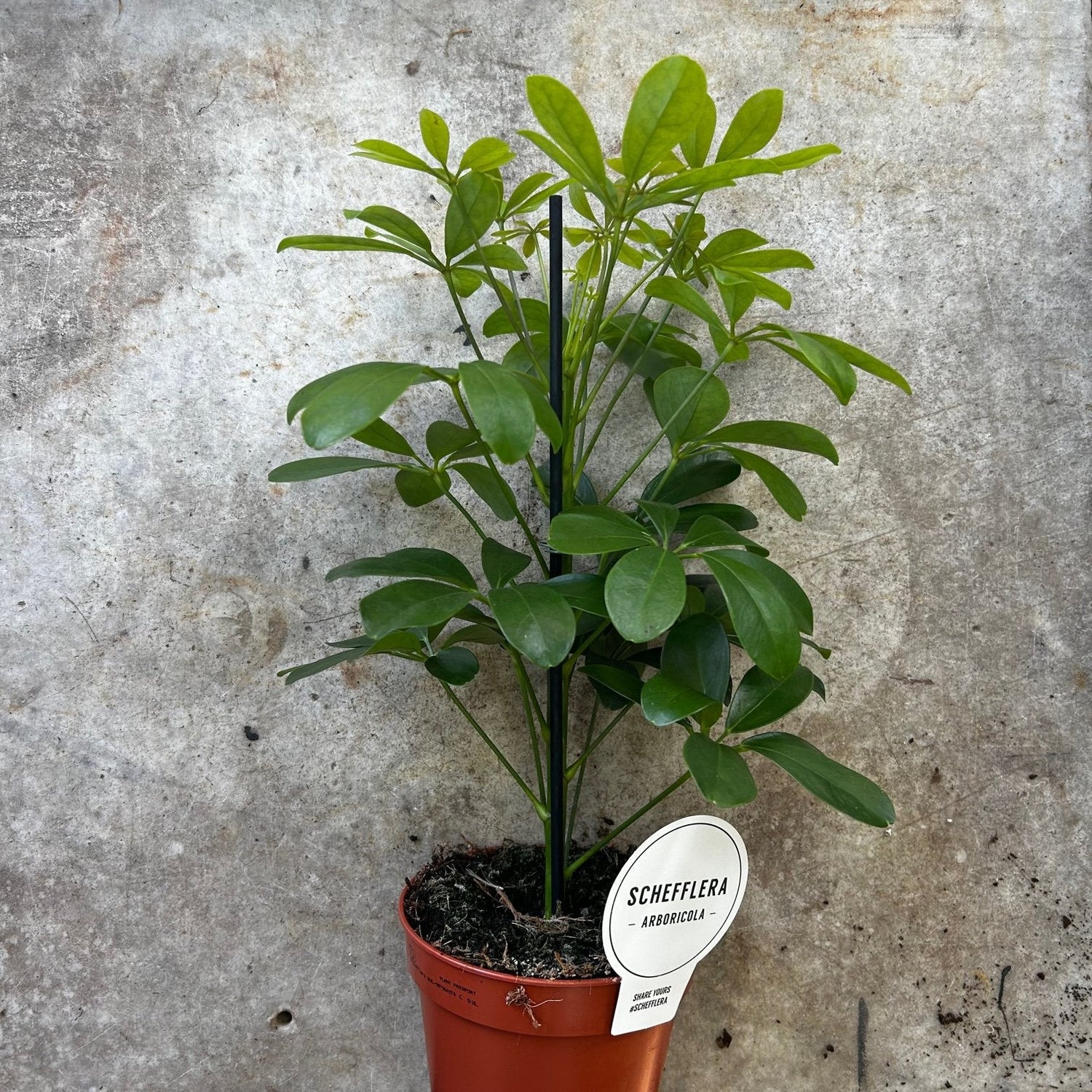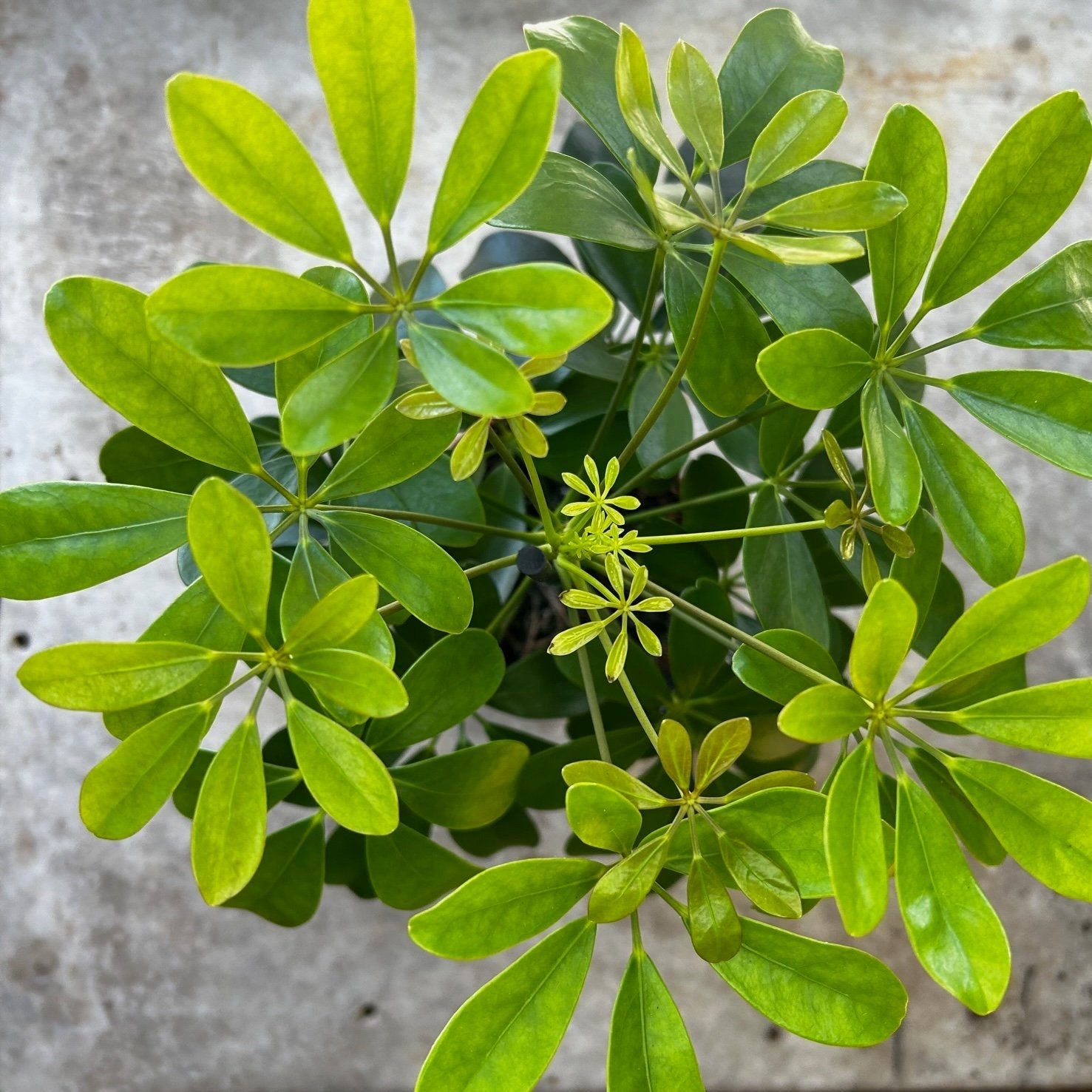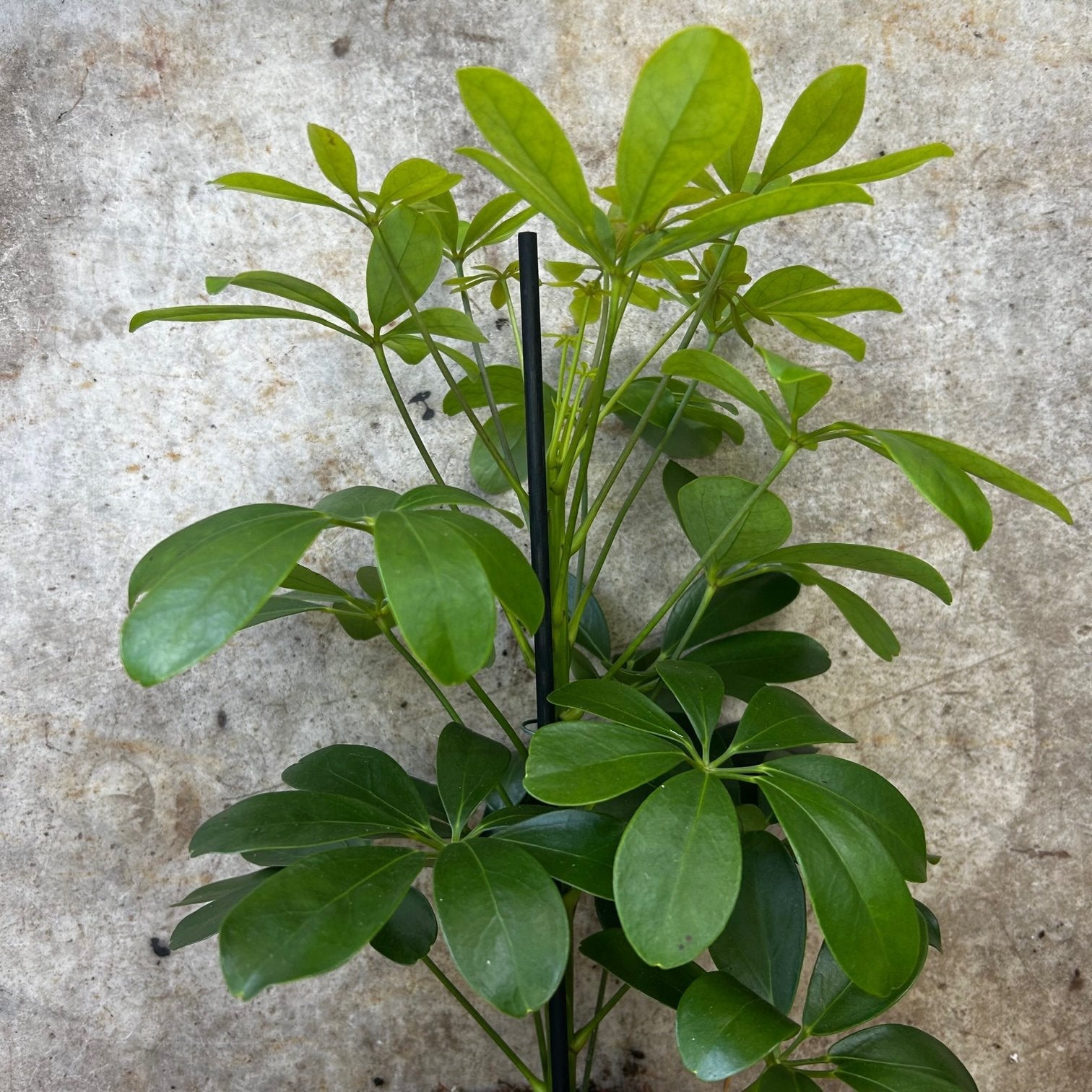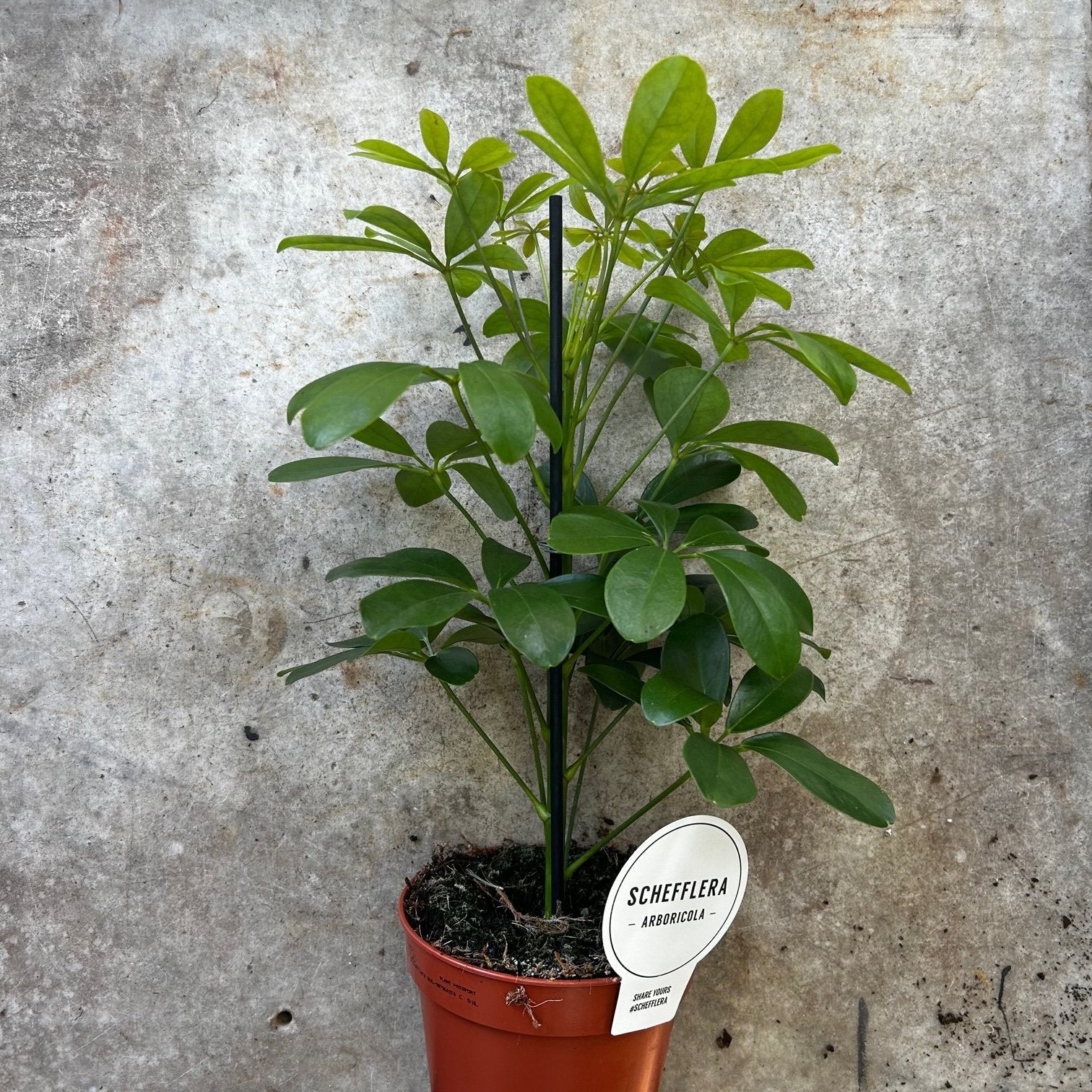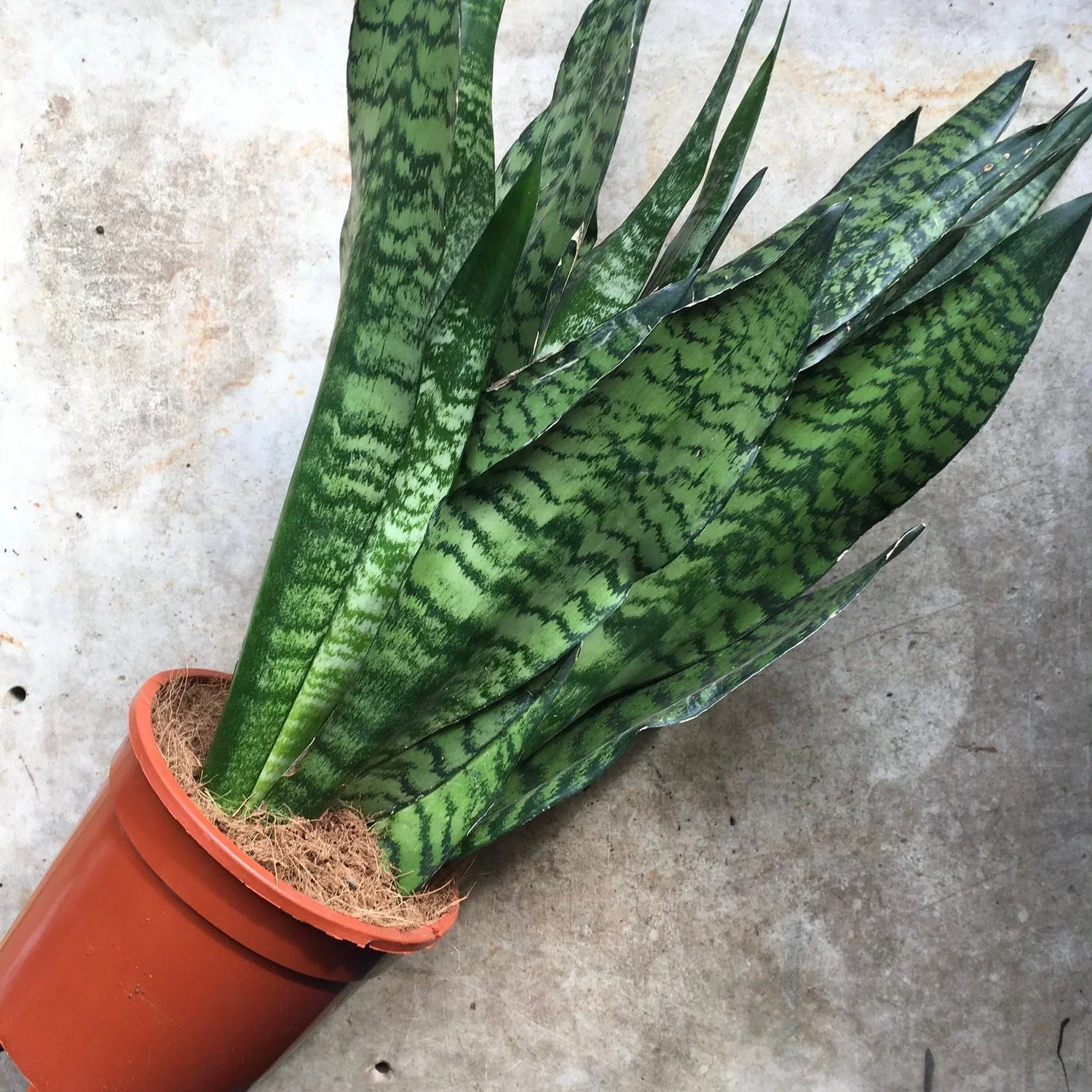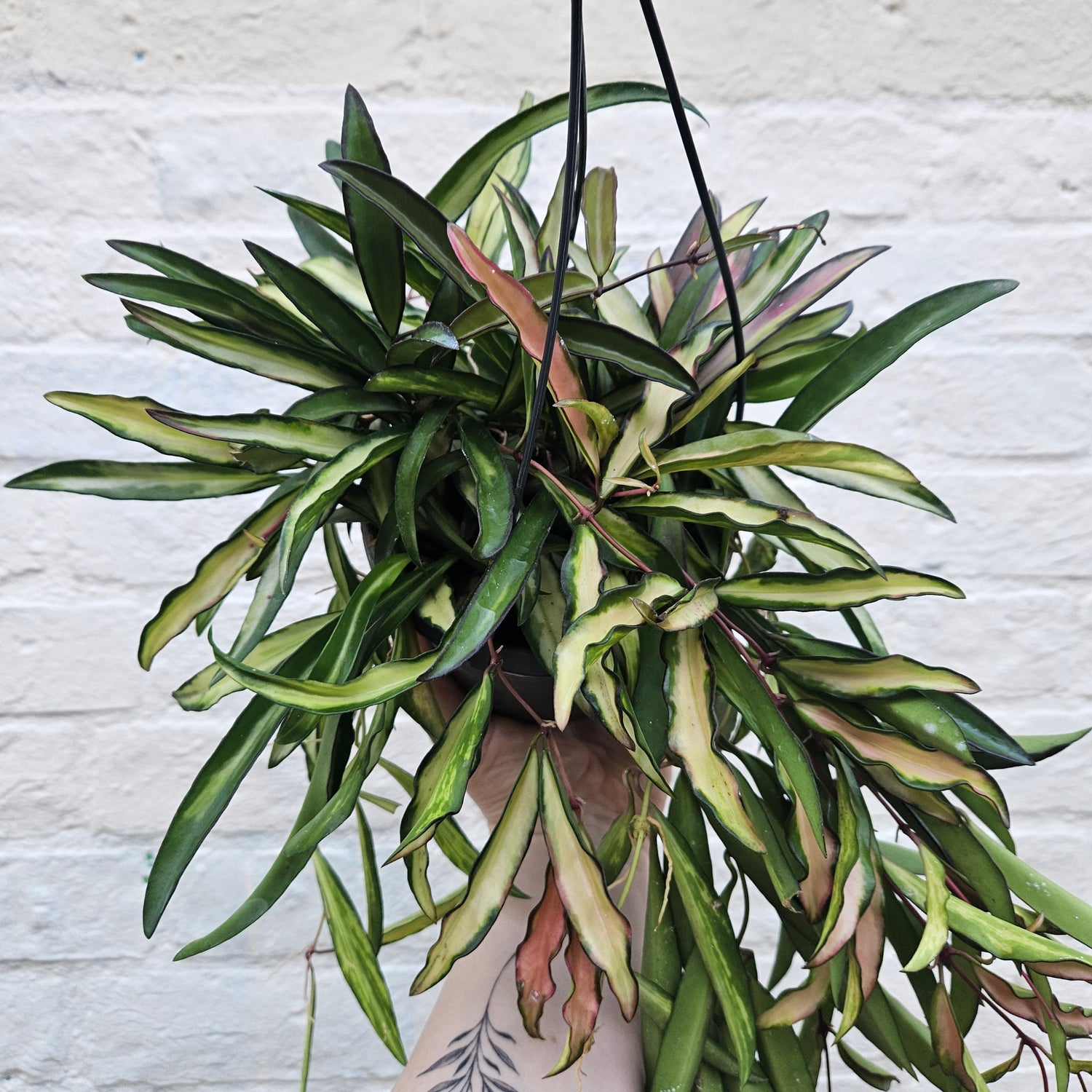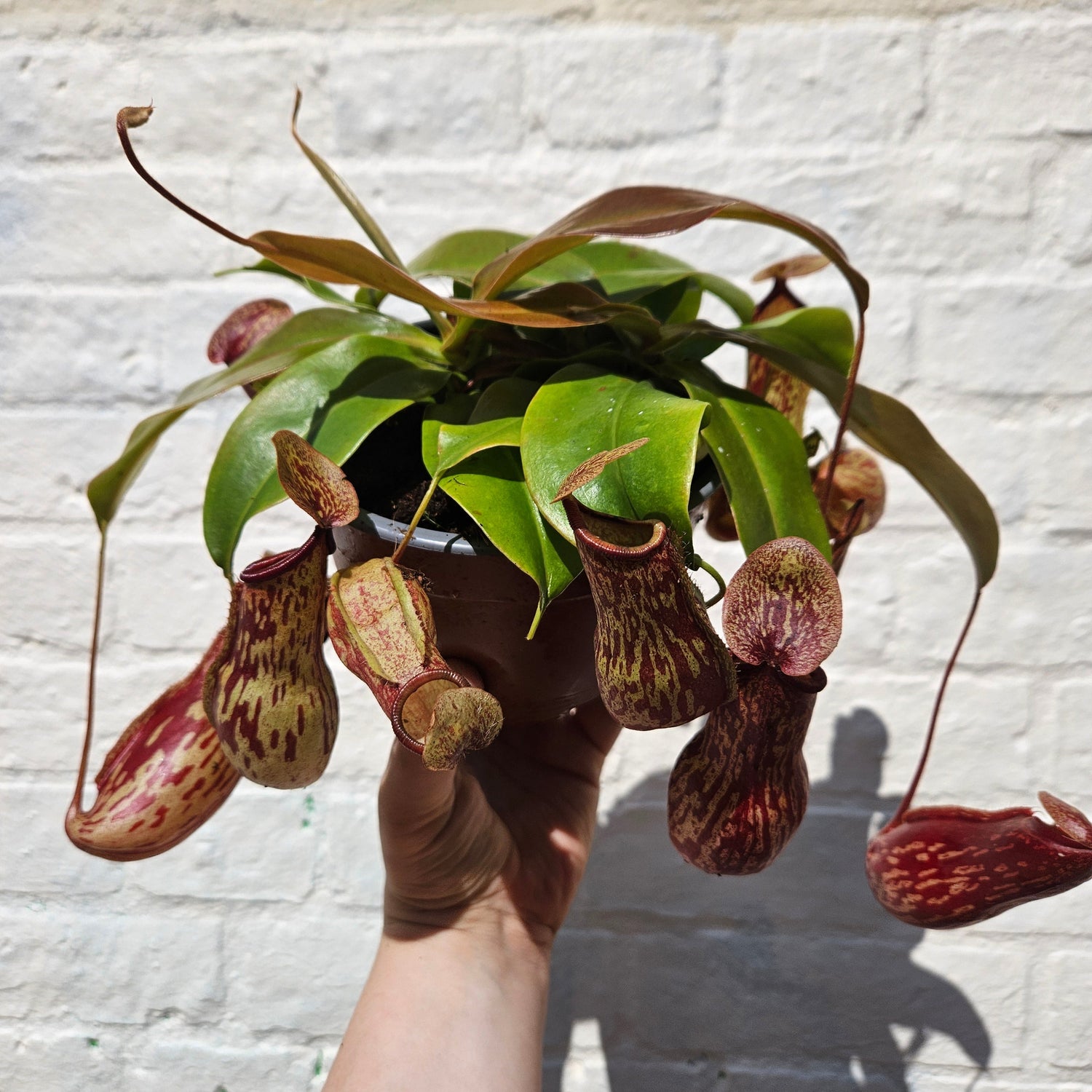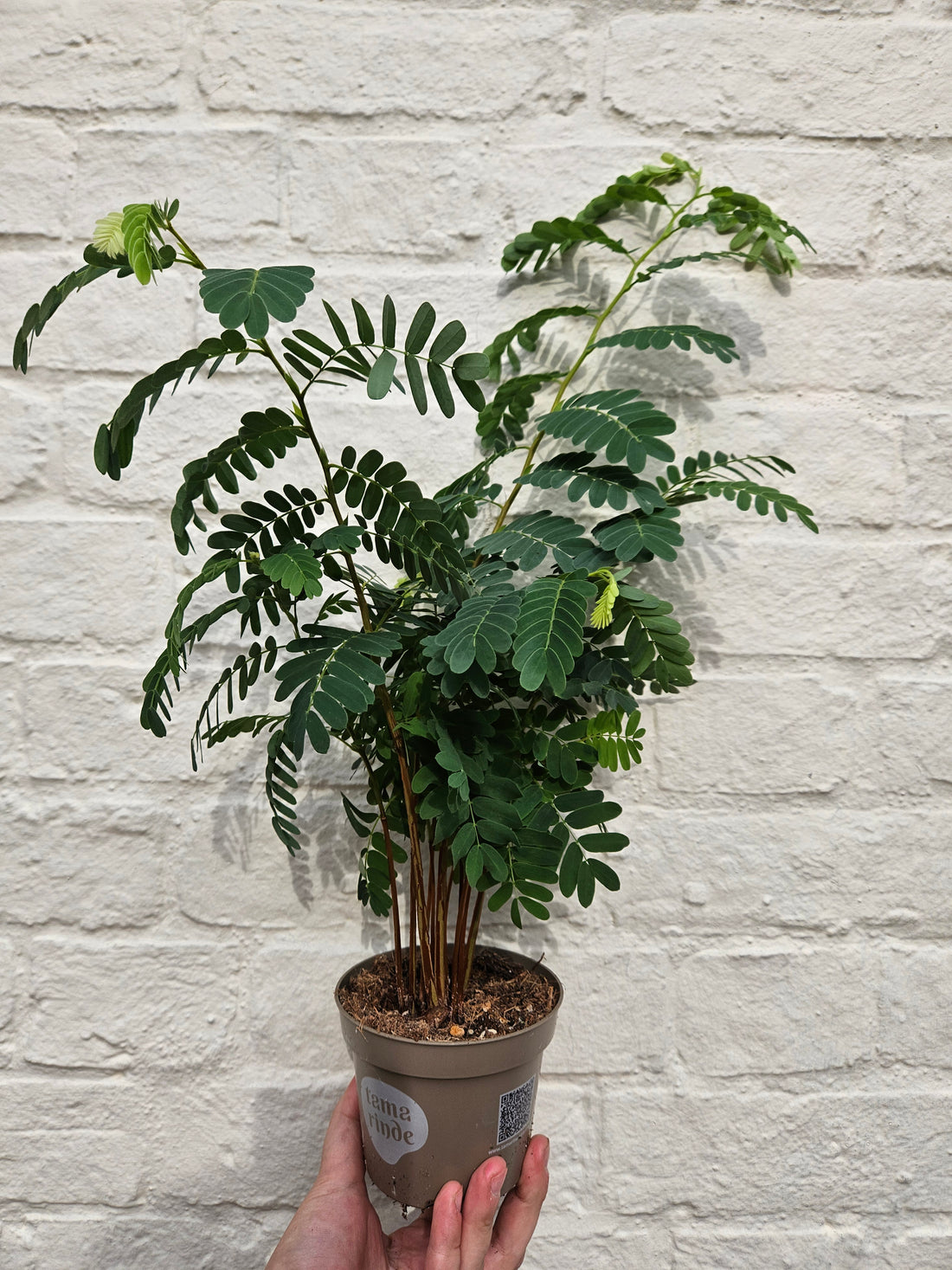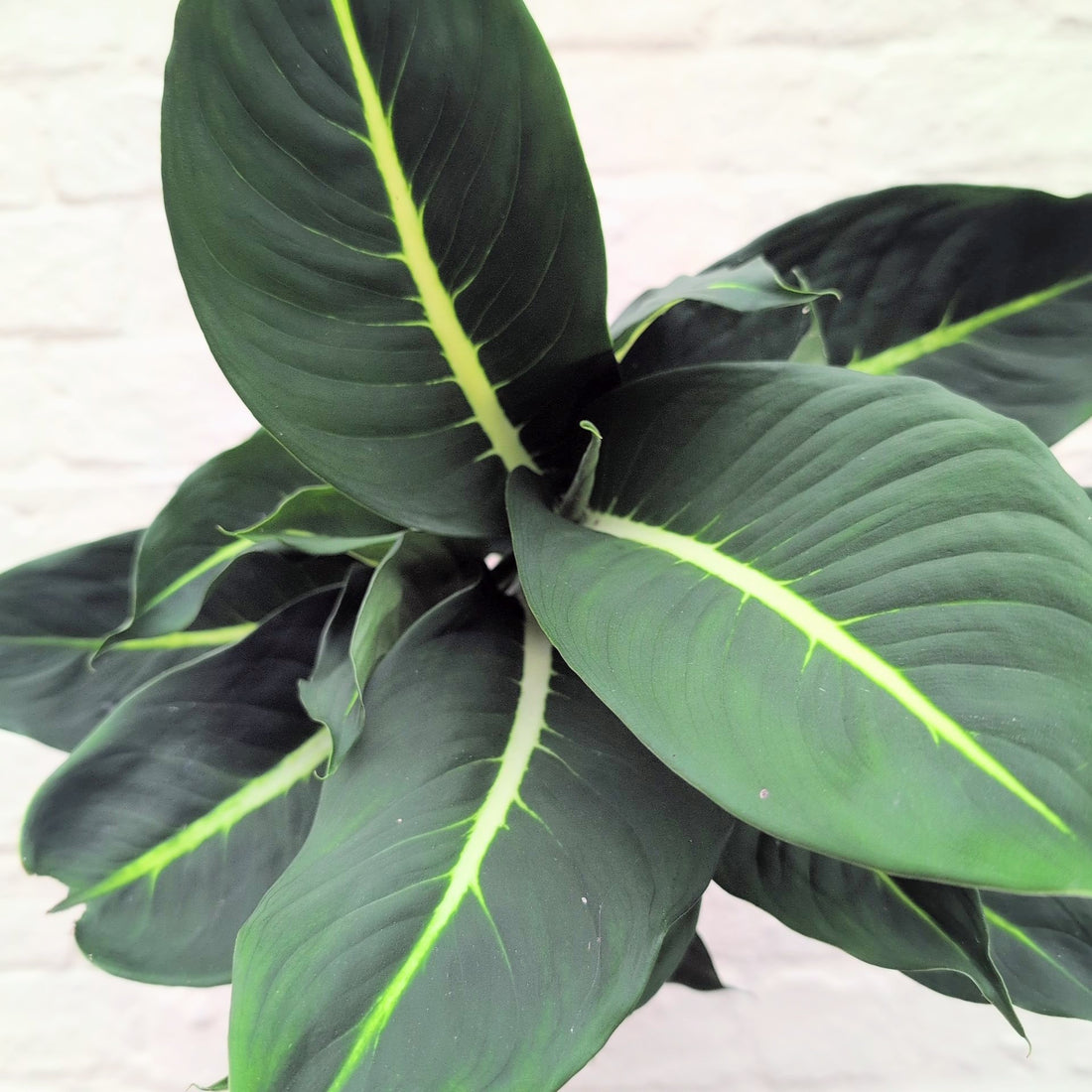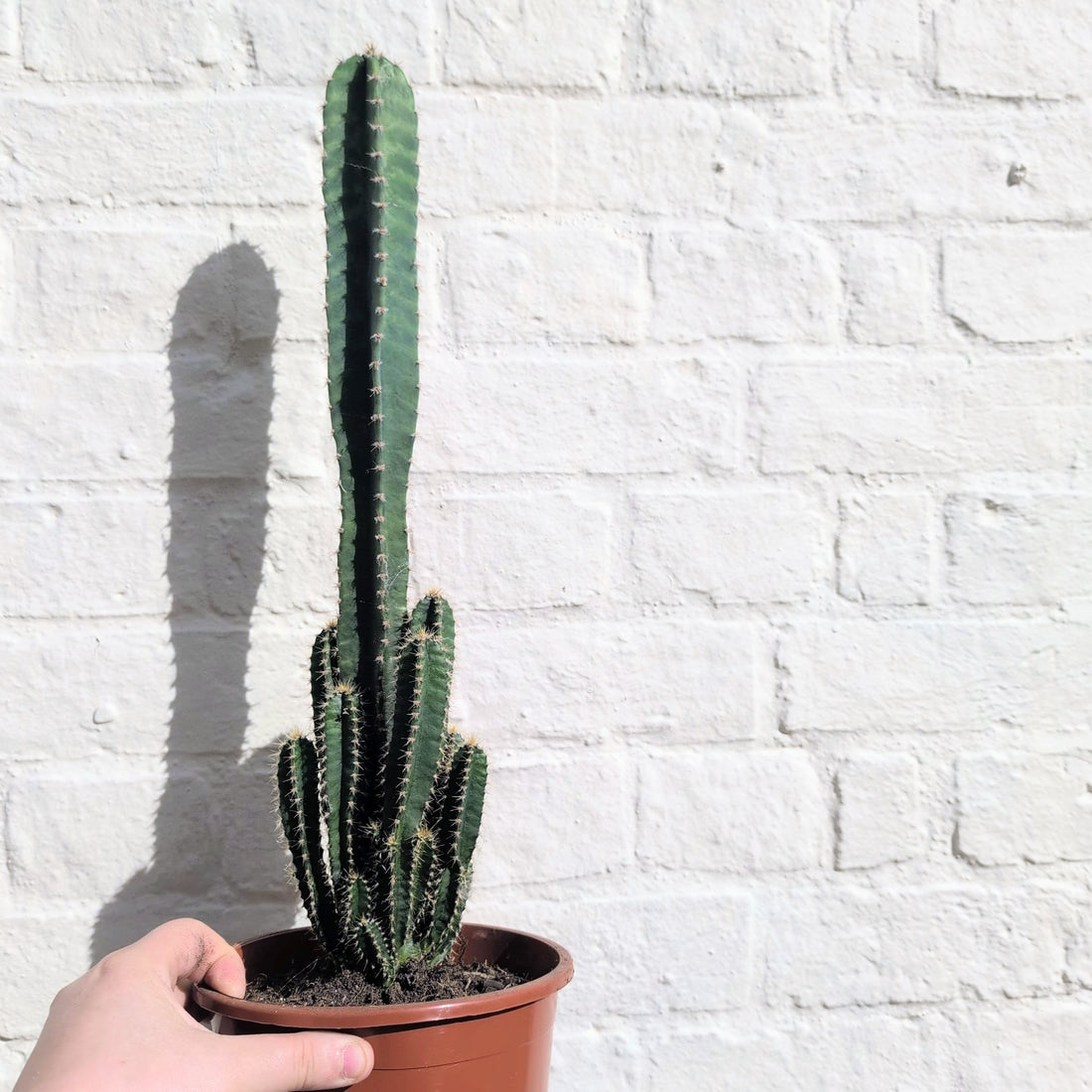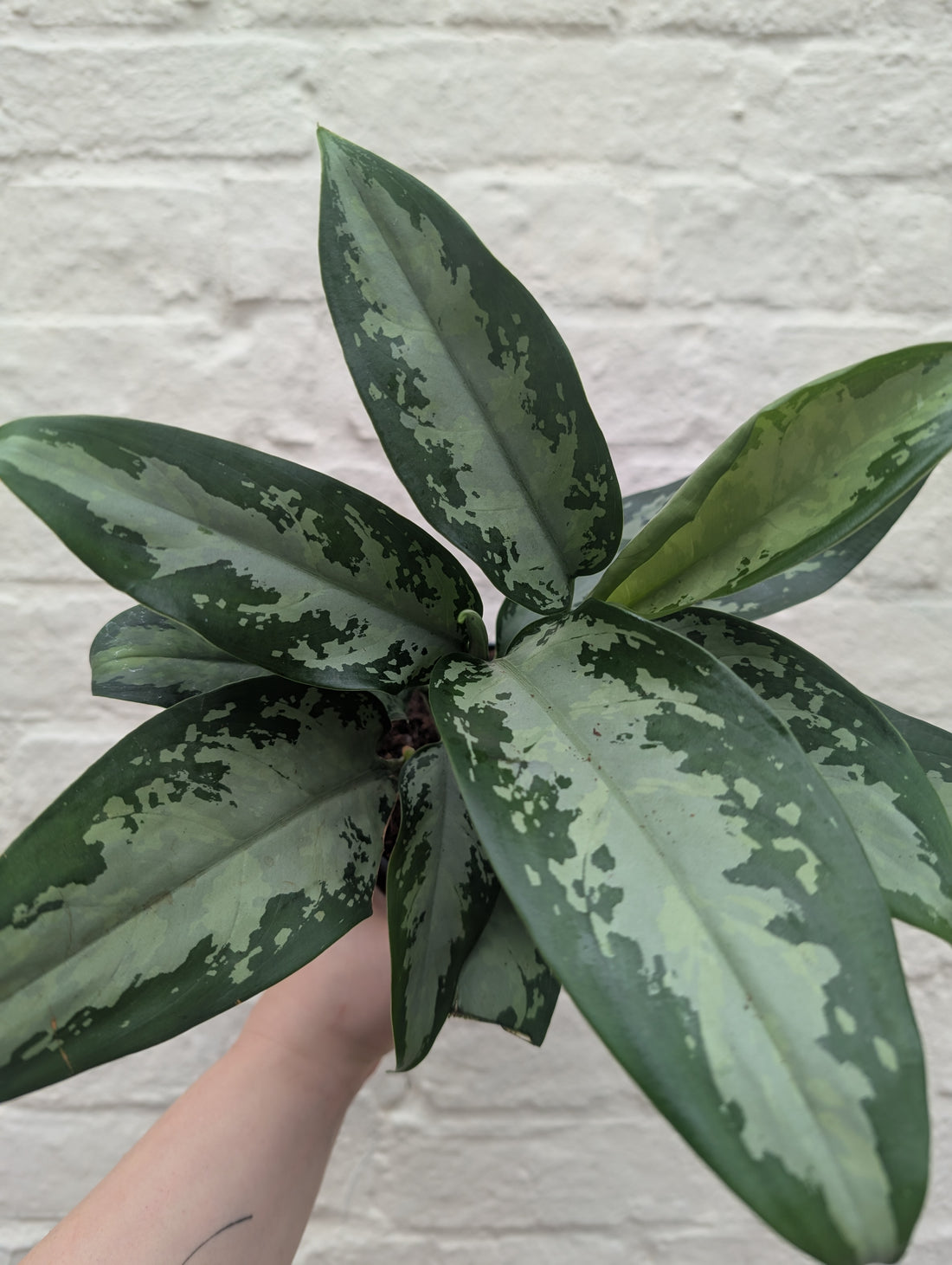Welcome to the wonderful world of Umbrella Plant care! Schefflera, often referred to as the Umbrella plant. A stunning and popular houseplant known for its dark green oval-shaped leaves which are arranged in a star-like leaflet which droop slightly like an umbrella. In this comprehensive guide, we'll walk you through everything you need to know to keep your Schefflera healthy and thriving.
Umbrella Plant Overview
The scientific name Schefflera is for the 19th century botanist J.C. Scheffler. This plant originates from Taiwan and is used to high humidity. The umbrella plant is also said to have symbolic value, by obtaining positive energy and attracting wealth for those around it. This is a great plant for a beginner plant parent and can grow up to 1 - 3 meters when cared for correctly and can be trimmed back to encourage fullness. Common varieties include Schefflera actinophylla, this can reach heights of 20m or more when grown outdoors. A smaller variety is the Schefflera arboricola which can reach 3m in height.
How to Look After a Schefflera (Umbrella Plant)
Light:
Umbrella plants like a bright corner near a window, indirect sunlight is best. Avoid direct sunlight as it can scorch their leaves. Leaves will start to fall if this plant isn't given enough light!
Temperature and Humidity:
Maintain a temperature between 12-23°C and like medium t humidity levels. Mist your plant regularly or place it near a humidifier to create the perfect environment. Avoid putting near cold drafts or heat sources.
Watering:
Water your Umbrella plant when the top third of soil feels dry. It's better to underwater your plant than overwater, as too much moisture can lead to root rot. Use a well-draining potting mix with chunky components (such as coarse bark) and ensure the pot has drainage holes. Reduce watering in winter.
Fertilizing:
During the growing season (spring and summer), feed your Umbrella Plant with a balanced liquid fertilizer, it is always advised to follow the instructions on your fertilizer. Reduce feeding in the dormant winter months.

How to Re-pot an Umbrella Plant
Re-pot your Umbrella plant when it becomes root-bound or outgrows its current pot, typically every 2-3 years. Choose a pot that's one size larger, provide fresh, well-draining soil, and gently transfer your plant, being careful not to damage the roots. Umbrella plants don't mind being slightly rootbound due to the risk of root rot and transplant shock. Hydrate your plant 24 hours before you repot.
How to Propagate an Umbrella plant
Propagating a Umbrella Plant is an exciting way to grow new plants. Follow these steps:
- Choose a Healthy Stem: Select a stem with a few leaves and nodes (small bumps on the stem where a leaf emerges).
- Cut the Stem: Use a clean, sharp knife or scissors to cut at a 45 degree angle. Ensure your cutting is at least 6 inches (15 cm) long. Remove all but a few leaves from the top (4-5)
- Rooting: Place the cutting in water or moist soil. Roots should develop within a few weeks.
- Transplant: Once your cutting has well-established roots, transplant it into a pot with the appropriate soil mix.
How to Prune an Umbrella plant
Pruning your Umbrella plant helps maintain its shape and encourages healthy growth. Trim yellow or brown leaves, as well as leggy stems. Make clean cuts just above a leaf node.
How to Take a Cutting from an Umbrella Plant
Taking cuttings for propagation follows a similar process as mentioned earlier. Ensure you choose a healthy stem, make a clean cut, and follow the propagation steps.
How Often Should I Water an Umbrella Plant
Watering frequency depends on various factors like humidity, temperature, and pot size. As a general rule, check the top third of soil and water when it's dry. Water less in winter and more frequently during the growing season.
Why Are My Umbrella Plant Leaves Going Yellow/Brown/Curling?
- Yellow Leaves: Yellowing leaves can result from overwatering, poor drainage, or too much direct sunlight. Adjust your watering and lighting conditions accordingly. If the leaves are wilting and yellowing it is most likely to be due to overwatering, check the roots for rot and re-pot if necessary.
- Brown Leaves: Brown edges or spots may indicate low humidity, underwatering, or direct sunlight. Increase humidity and adjust your watering routine. Too much warmth, for example, if the plant is next to a radiator, can cause brown leaves that dry up and fall off.
- Curling Leaves: Curling leaves can be a sign of underwatering, over-fertilization, or low humidity. Ensure proper watering and humidity levels.
How to Make an Umbrella Plant Bushy
Encourage bushier growth by regularly pruning leggy stems and providing adequate support for your plant. A bamboo cane can be used to help it grow more compactly. Ensure your Schefflera has enough light, lack of light can cause this plant to become leggy.
Are Umbrella Plants Poisonous to Cats and Dogs?
Yes, the Umbrella plant is considered toxic to cats and dogs. If eaten this plant can cause vomiting, nausea and a loss of appetite. Keep your Umbrella Plant out of reach of pets or opt for pet-friendly houseplants.
With these expert tips, you're well-equipped to care for your Schefflera and enjoy its lush, tropical beauty in your home. Happy Umbrella Plant growing!
